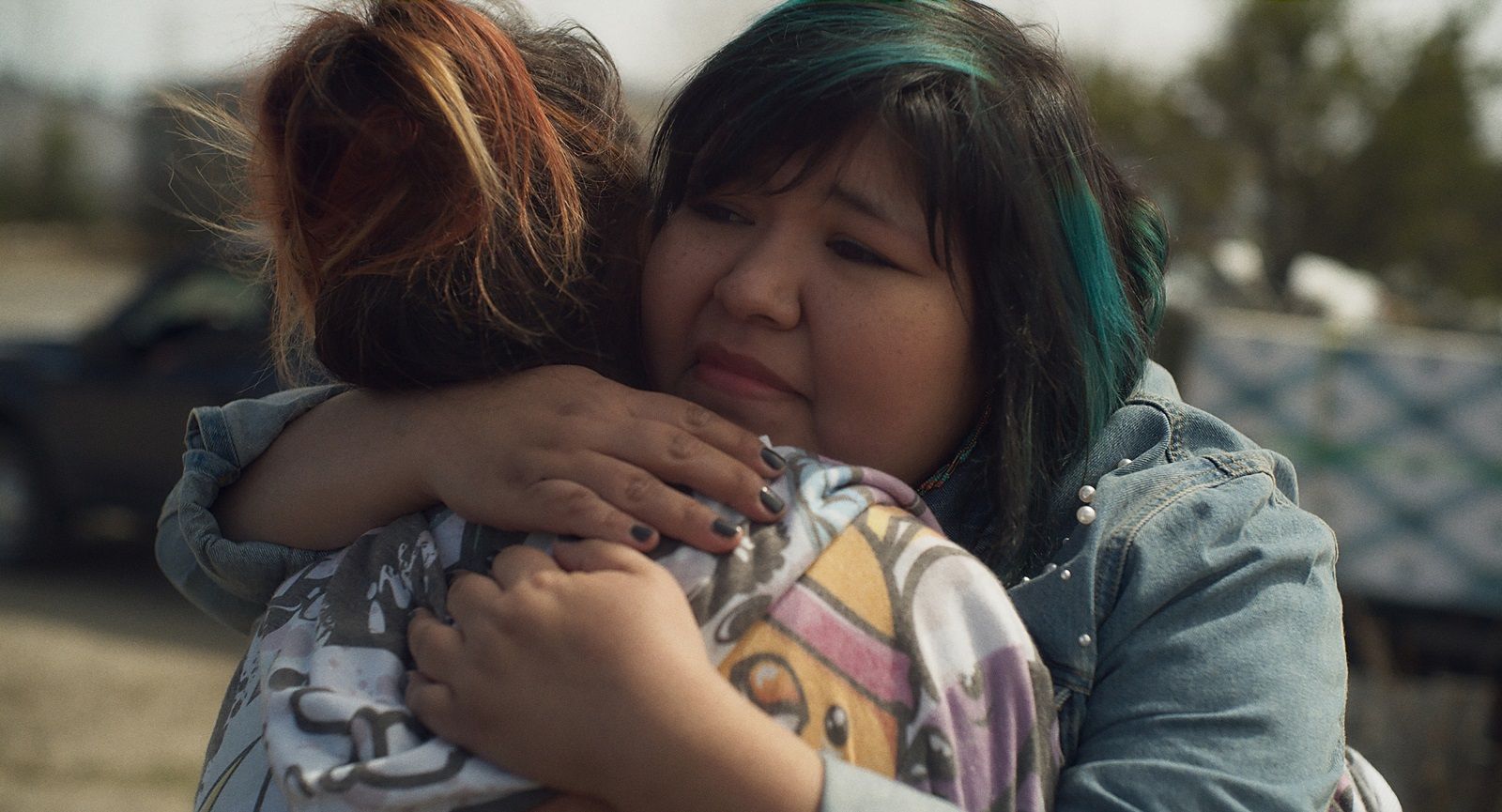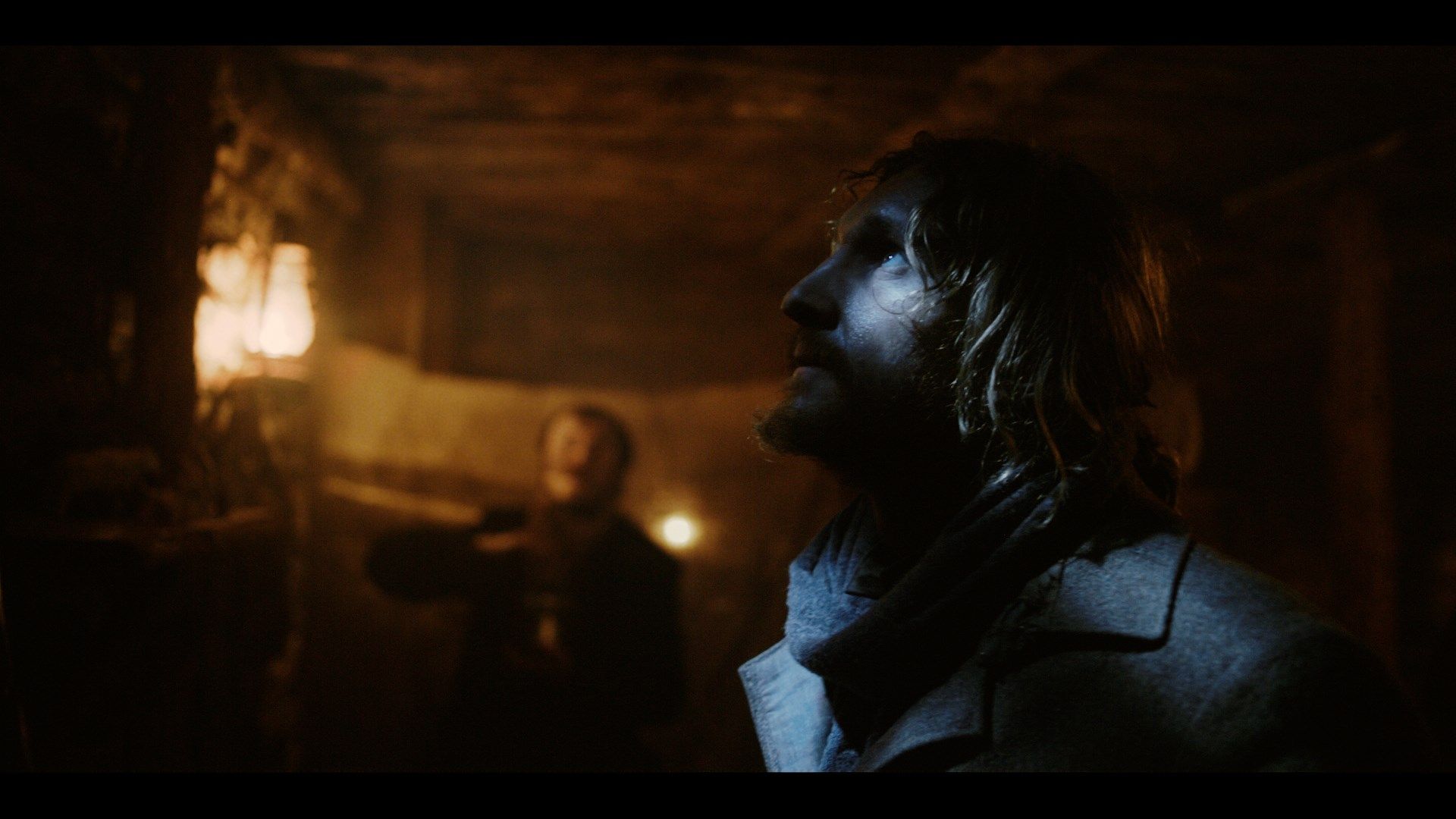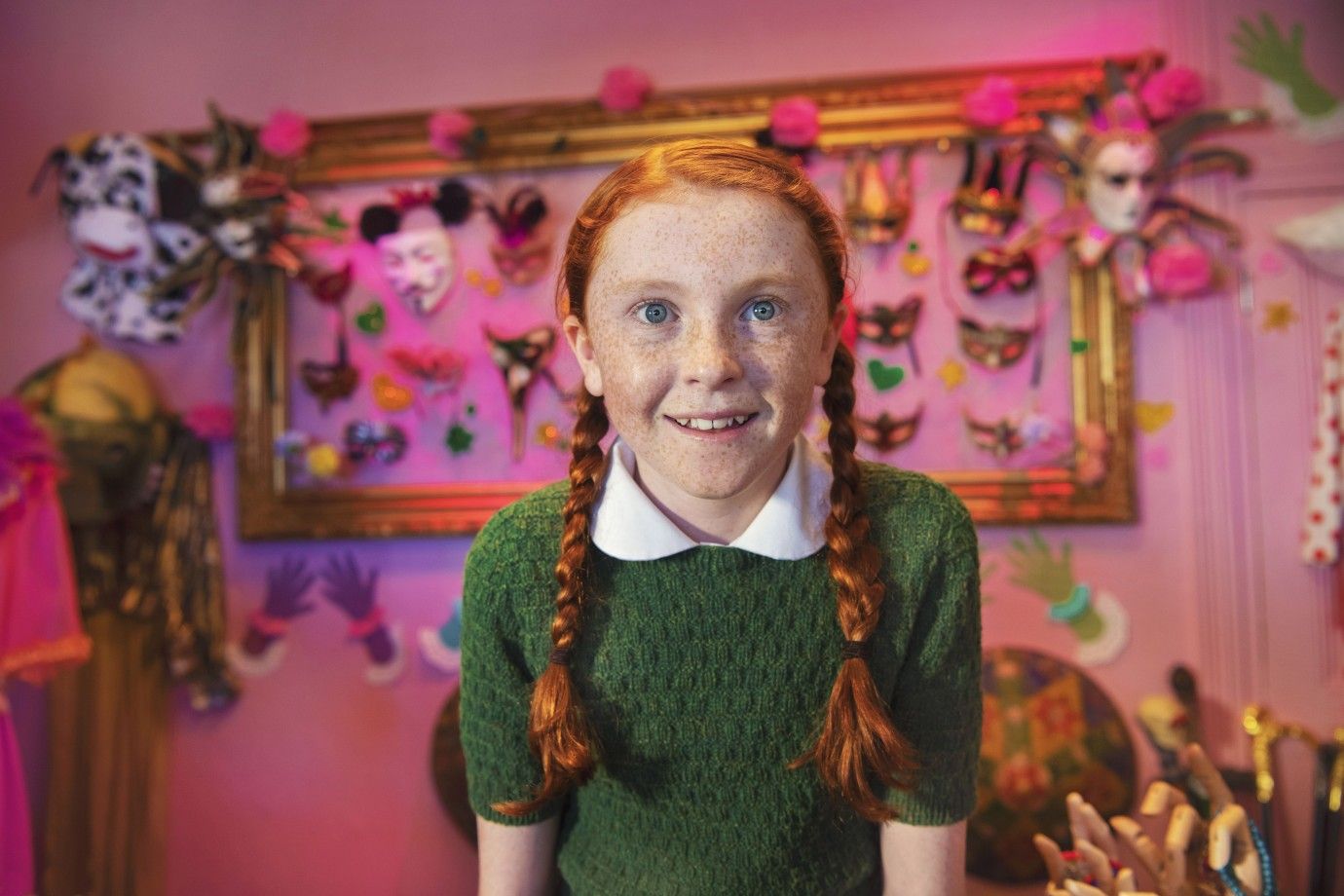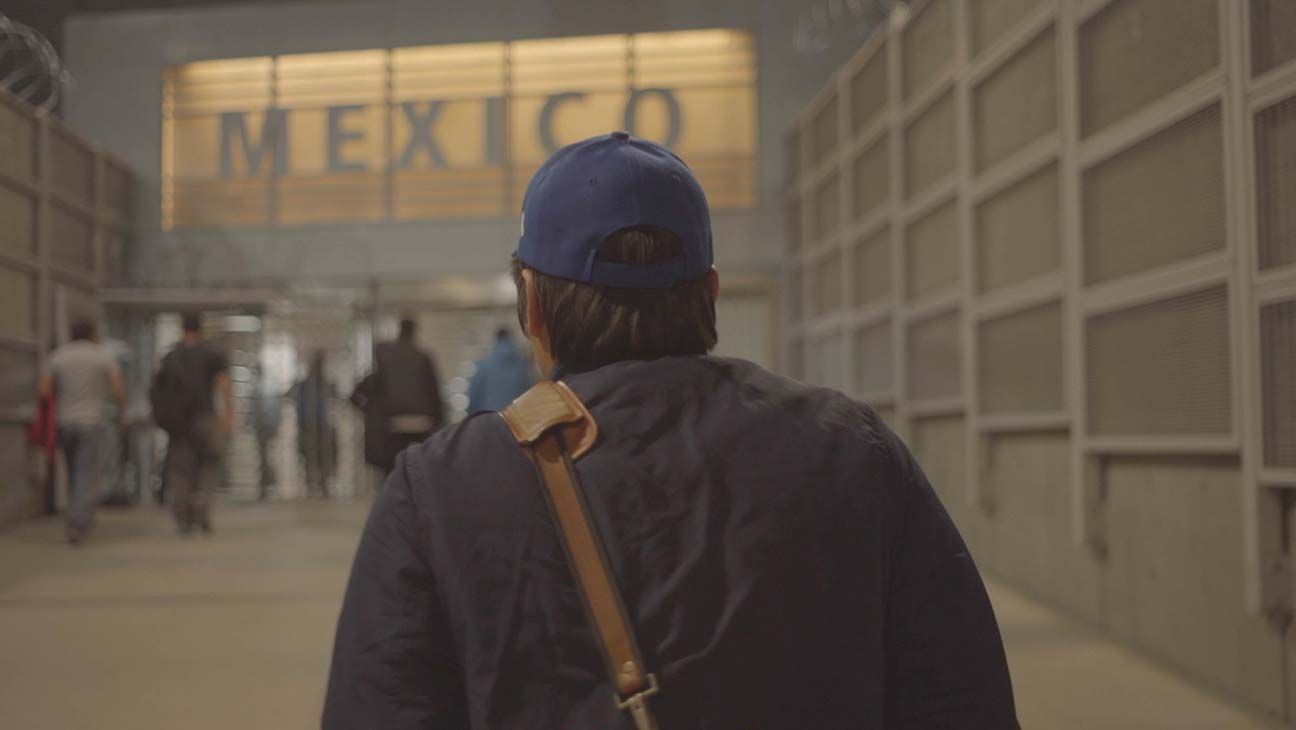
Winners of Molodist 49. An opinion
Every time a big film festival ends (which, of course, Molodist is), everyone starts looking at the results, searching for patterns and considering what it is for the world of cinema, really, all those winners and statuettes. Well, let’s try. Especially since there is definitely something to look at.
Because the triumph of genre film is obvious. And this applies not only to a wonderful film “Two of Us” (directed by Filippo Meneghetti), which was named best by both the audience and the FIPRESCI jury (which, incidentally, happens quite rarely), but to all the winners in general.
In the National Program, for example, the winner is “Hideout” (directed by Oksana Voitenko), which is a very intimate story with the most clearly defined conflict and filigree staging of battle scenes, bordering on the best examples of high-budget action movies. To keep the tension this way and give suspense in what, in fact,is just two locations, one of which is underground, is the most valuable and important feature of genre cinema. Even Ukrainian documentaries, which were awarded Special Diplomas (“Save me, doctor!” And “Goodbye, Sveta”) are characterized by fast editing and lack of cliches of “high” author style with long shots etc.

The most awarded of all Ukrainian films (Best Short Film (according to International and Ecumenical jury) and a Special Award of the National Competition), “Bullmastiff” by Anastasiia Bukovska, also does not shy away from tension, suspense, fast transitions, jump-cuts and all those tricks, usually reserved for the kind of cinema that remains outside the festival grounds. It’s interesting, by the way, that both Ukrainian victors in one way or another raise the issue of war (whether present or past), which probably signals a demand for understanding of what is happening in the East.
The award-winning student works also show a visible inclination towards the language of genre film. “Good Night” (directed by Anthony Nti) can generally be seen as a paraphrase of “City of God”, featuring the same extremely mobile camera, a story of the children of the poor background in the criminal world, and football.
And the winner of the Teen Screen program will be quite possible, I think, to stumble upon in the cinemas even after the festival ends. “H Is For Happiness” (directed by John Sheedy) tells a story where even the most serious problems and issues are solved with the innate inner optimism of the characters who resemble the characters of either “Little Nicolas” or “Pollyanna”. This is probably the movie we need right now. And it’s interesting that this will was expressed by the teenage jury.

And as for the full-length competition, the only comedy (albeit a bit unusual) in the program, “My Morning Laughter” (directed by Marko Djordjevic), won. If that’s not a sign that the audience is winning, then I don't even know what.
“Dry Wind” (directed by Daniel Nolasco), the winning film of the “Sunny bunny” program, takes the viewer hostage and doesn’t let go until the very finale. This is a film that turned a very simple love story at the workplace into a neon erotic thriller, where dreams and reality are intertwined into a bizarre skein of desire and dissatisfaction in the best traditions of Hitchcock.
In fact, the only winner of the 49th Molodist which can be described as the bearer of a traditional festival film style, is one of the winners of the Grand Prix of the festival, the film “Identifying Features” (directed by Fernanda Valadez). “Identifying Features” is a story that required this distinctive slow and a little difficult approach to the image, because how else can you accurately show the numerous longlasting attempts to find your own son in the middle of nowhere?

And “Kuessipan” (directed by Myriam Verreault) is also a pure genre film with a simple story that can take place anywhere, in any corner of the world. Since the conflict between family culture, the big world outside the hometown, and friendship, is present both in Quebec in Innu people, and, for example, in Ukrainian immigrants’ community in Australia. And this is what makes a film genre: this ability to show reality in such a way that the viewer, sitting in a dark hall of a Kraków cinema or in the comfort of their own home, would recognize themselves, their fears, their anxieties and survived them, worked them out at the safe distance of a movie screen.
Full list of winners can be seen here:
https://molodist.com/article/49-j-kmkf-molodist-ogolosue-peremozciv

